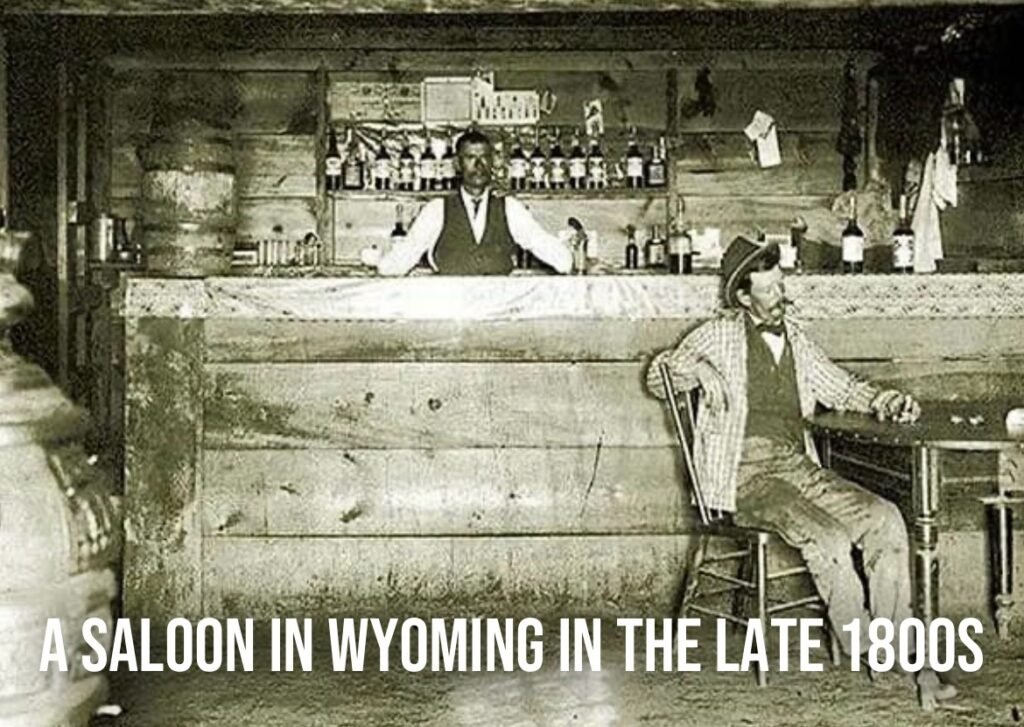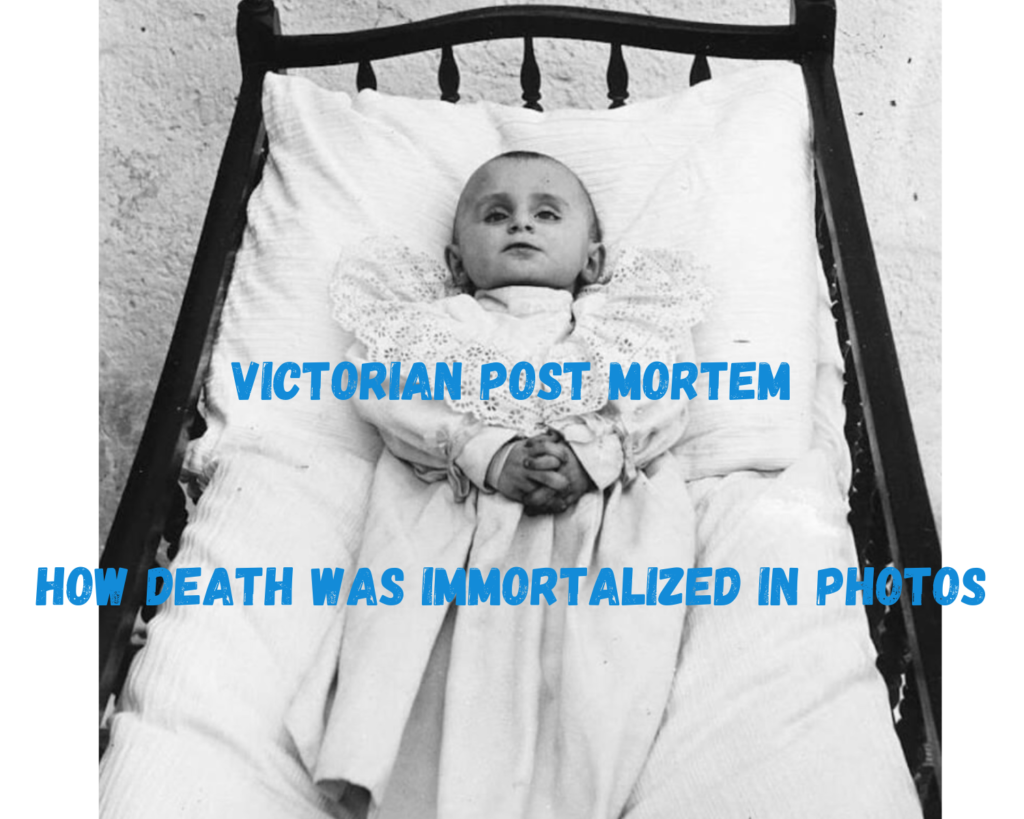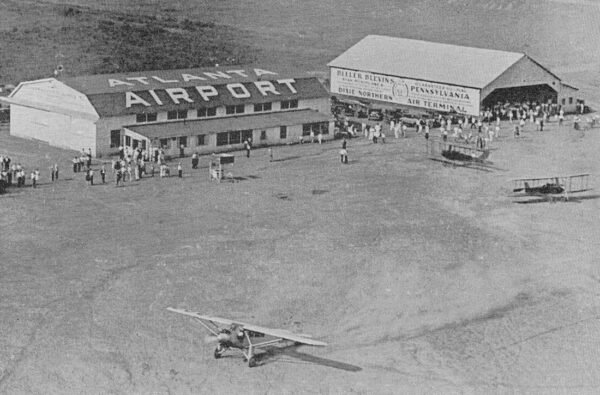In the heart of New York’s bustling Lower East Side, the year 1886 stands as a testament to a period of profound transformation, not just in the streets and tenements, but within the walls of its schoolrooms. This era, marked by waves of immigration and industrial growth, shaped the daily lives and educational experiences of schoolchildren in ways that would leave a lasting impact on the fabric of American society. As we delve into the daily life of schoolchildren in 1886 New York, we uncover a narrative of resilience, adaptation, and the enduring spirit of a community poised on the brink of modernity.

The Lower East Side, a melting pot of cultures and languages, presented unique educational challenges in the 1880s. Families arriving from distant shores sought a better life, and education became a beacon of hope for their children’s future. Yet, the reality of schooling in this densely populated enclave was a complex interplay of aspiration and adversity. Through exploring the historical education practices in New York City, we gain insights into a system grappling with unprecedented diversity and demand.
A typical school day for children in this era was far removed from our contemporary experience. The 19th-century schoolroom conditions in the Lower East Side were characterized by overcrowded classrooms, limited resources, and a curriculum designed to instill discipline and basic literacy. Yet, within these constraints, there were moments of innovation and progress. Notable educational reformers in 1886 New York worked tirelessly to improve the quality of education, advocating for policies and practices that would eventually lay the groundwork for the modern public school system.

The impact of immigration on New York schools in the 19th century was profound. Schools became crucibles of cultural exchange, where children from various backgrounds came together to learn not just reading and arithmetic but also the nuances of navigating a new world. This period of adjustment was not without its challenges, as schools struggled to accommodate the needs of a diverse student population while facing the socioeconomic impacts on education in historical New York.
As we reflect on this pivotal time in educational history, it’s essential to consider the legacy of 1880s education in modern schooling. The experiences of schoolchildren in the Lower East Side, 1886, offer valuable lessons on resilience, the importance of community in education, and the transformative power of learning. By understanding the past, we can appreciate the strides made in education and the ongoing journey toward equity and excellence in schooling.
For those interested in exploring more about life in historical New York, A Glimpse of Youth: Kids at Play in the Lower East Side, New York City, 1963, provides a vivid look into the lives of children in a later era, highlighting the continuity and change in the vibrant tapestry of the Lower East Side.
As we embark on this journey through time, let us explore the echoes from the past, understanding the life of schoolchildren in the Lower East Side, New York, 1886, and recognizing the indelible mark this period has left on the course of education in America.

Historical Background of Education in 1886
The late 19th century was a period of significant evolution for the American education system, particularly in burgeoning urban centers like New York’s Lower East Side. The year 1886 found the city at a crossroads of cultural influx and industrial expansion, setting the stage for profound changes in how education was approached and administered. But what was the state of education in New York during the 1880s, and how did schools in the Lower East Side fit into this broader educational landscape?
The Evolution of Public Education
During this era, public education was becoming more entrenched in American society as a fundamental right and necessity. The concept of free public schooling, accessible to all children regardless of their socio-economic status, was gaining traction, though not without challenges. The state of education in New York during the 1880s was marked by efforts to accommodate a rapidly growing population, with the Lower East Side serving as a microcosm of these broader trends.
Schools in this densely populated neighborhood were often overcrowded and under-resourced, struggling to meet the educational needs of a diverse and burgeoning community. Despite these obstacles, the commitment to providing education for all children was a guiding principle, driving reforms and innovations that sought to improve the quality and accessibility of schooling.
Adapting to a Diverse Student Body
The impact of immigration on New York schools in the 19th century was particularly pronounced in the Lower East Side, where waves of immigrants from Eastern Europe, Italy, and other regions settled. This diversity brought linguistic, cultural, and religious complexities to the classroom, challenging educators to develop inclusive curricula and teaching methods that could bridge cultural divides and foster a cohesive learning environment.
The Role of Education in Social Mobility
For many immigrant families, education represented a pathway to social mobility and integration into American society. Schools in the Lower East Side were not just places of learning; they were community hubs where children and their families could gain the skills and knowledge necessary to navigate their new lives in America. The emphasis on basic literacy and American civics reflected a broader societal goal of assimilation, albeit not without tension and resistance from communities keen on preserving their cultural identities.

Challenges and Innovations
The socioeconomic challenges faced by families in the Lower East Side had direct implications for education. Many children worked outside of school hours to support their families, leading to issues of attendance and academic performance. In response, educators and reformers advocated for child labor laws and sought innovative solutions to keep children in school, such as evening classes and vocational training programs.
For a deeper dive into the historical context of this period and its lasting impact on American society, Exploring Life in Kansas City, Missouri, 1960: A Journey Through Time offers a comparative glimpse into how education and community life continued to evolve in the decades following the 1880s.
A Day in the Life of a Schoolchild in 1886
Imagine the cobblestone streets of the Lower East Side bustling with the energy of a city in the throes of industrial and cultural transformation. Amidst this backdrop, schoolchildren begin their day, making their way to classrooms that stand as beacons of hope and opportunity. But what did a typical school day look like for these children in 1886? And how did the subjects taught and methods of instruction reflect the societal values and challenges of the time?
The Morning Bell Rings
For many children in the Lower East Side, the school day began early, often after completing morning chores or even working a job to help support their family. Schools served not only as places of learning but as sanctuaries from the hardships of daily life. The ringing of the morning bell signified a transition from the bustling streets to the structured environment of the classroom.
Curriculum and Instruction
The curriculum in 1886 focused on basic literacy, arithmetic, history, and civics, with an emphasis on rote memorization and recitation. This approach to instruction aimed to instill discipline and a foundational knowledge base in students, preparing them for their roles as informed citizens. However, the subjects taught and the methods of instruction used in classrooms also reflected the broader societal goal of Americanization, particularly for immigrant children. English language acquisition was a priority, often at the expense of students’ native languages and cultural identities.
Physical Conditions and Resources
The 19th-century schoolroom conditions in the Lower East Side were far from ideal. Overcrowded classrooms, inadequate heating, and a lack of basic supplies were common challenges that both students and teachers faced. Despite these obstacles, teachers—often women—worked diligently to provide a stable and nurturing learning environment for their students.
The Role of Play and Socialization
Recess and playtime offered rare moments of respite and joy for schoolchildren, allowing them to engage in games and socialize with peers. These moments were not only vital for physical health but also for developing social skills and fostering a sense of community among students from diverse backgrounds.
For a visual and narrative exploration of children’s experiences during this era, A Glimpse of Youth: Kids at Play in the Lower East Side, New York City, 1963, though focusing on a later period, captures the enduring spirit and challenges of childhood in this iconic neighborhood.
In wrapping up this article, a day in the life of a schoolchild in 1886 was marked by a blend of discipline, learning, and moments of play, set against the backdrop of a rapidly evolving society. The educational experiences of these children, shaped by the societal values and challenges of the time, offer a window into the past and a reflection on the enduring power of education to transform lives and communities.
As an Amazon Associate we earn from qualifying purchases through some links in our articles.




